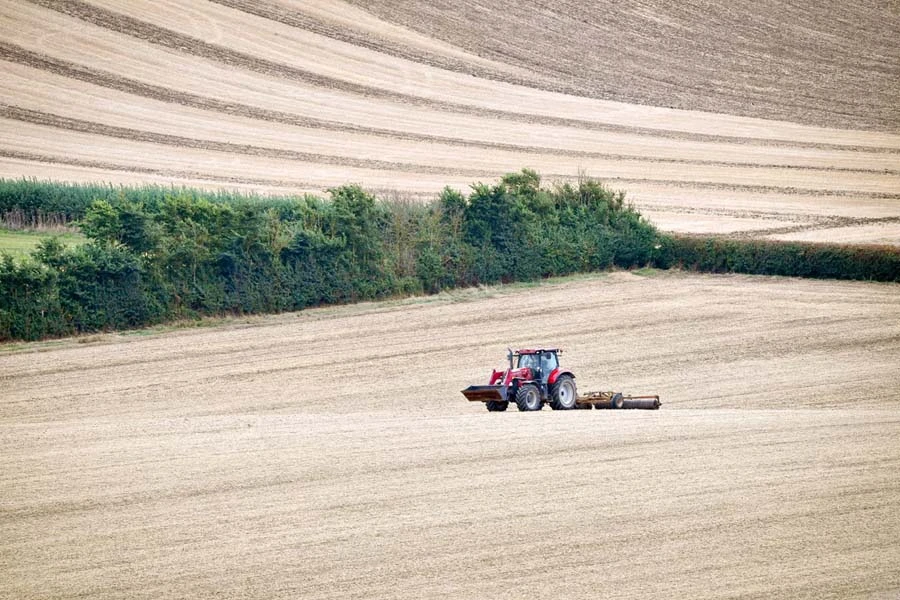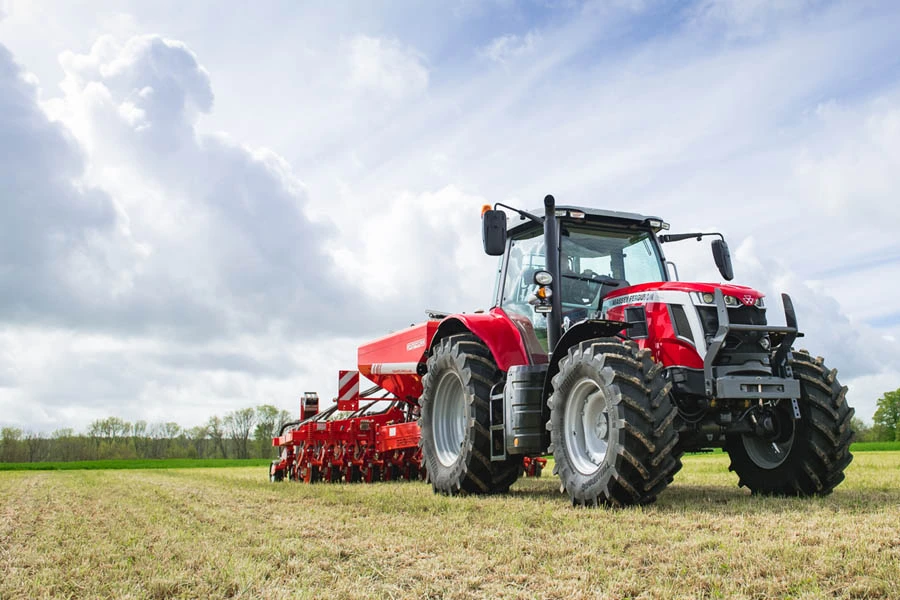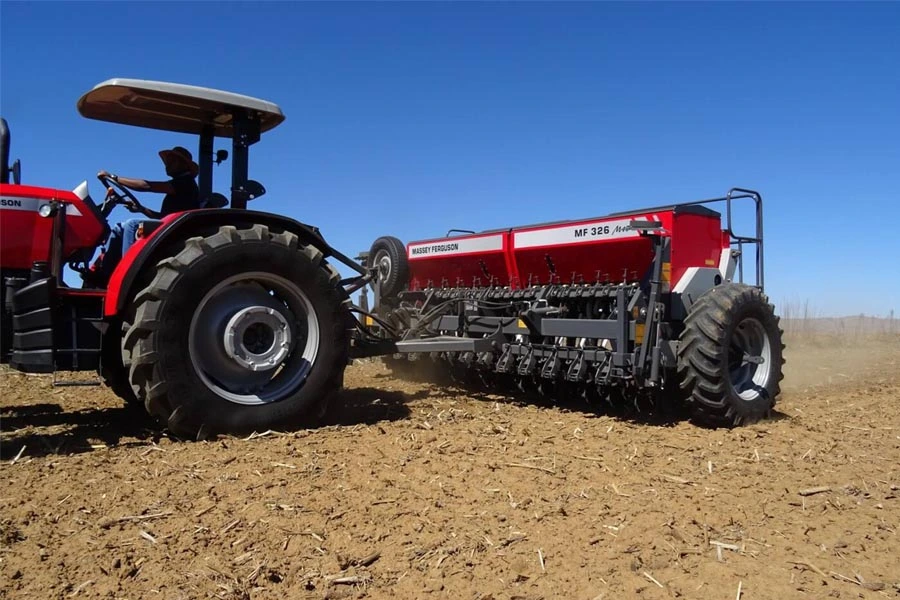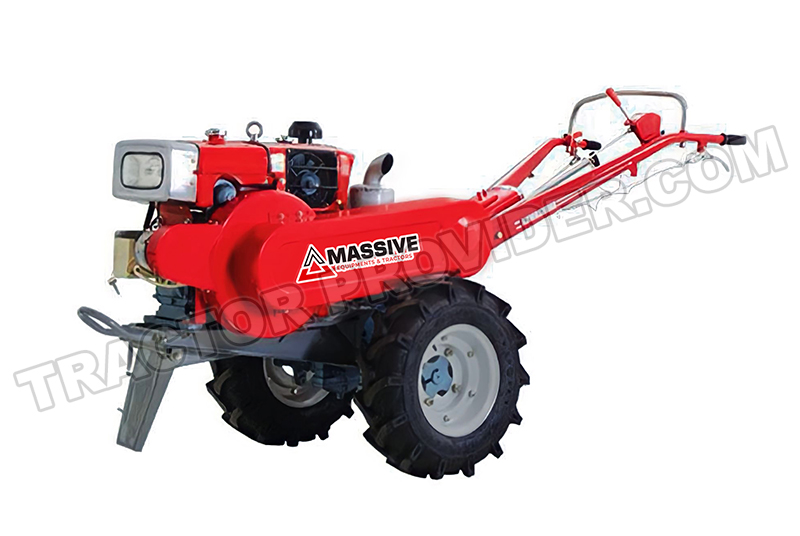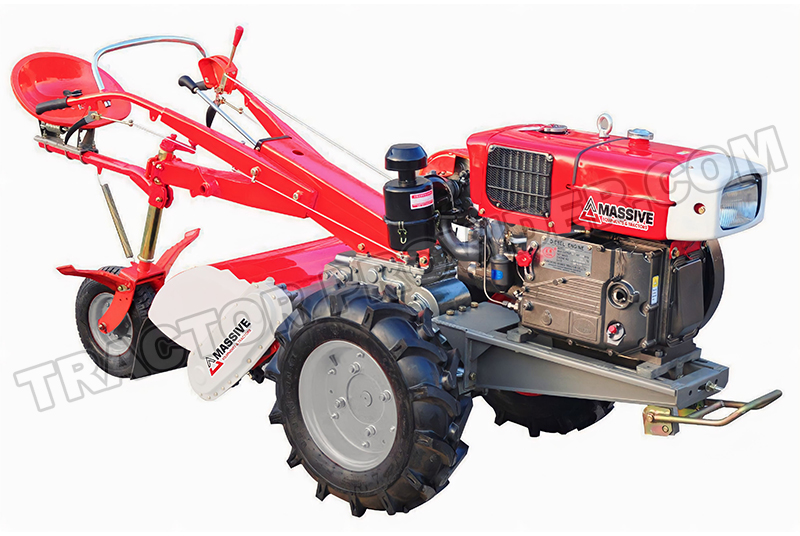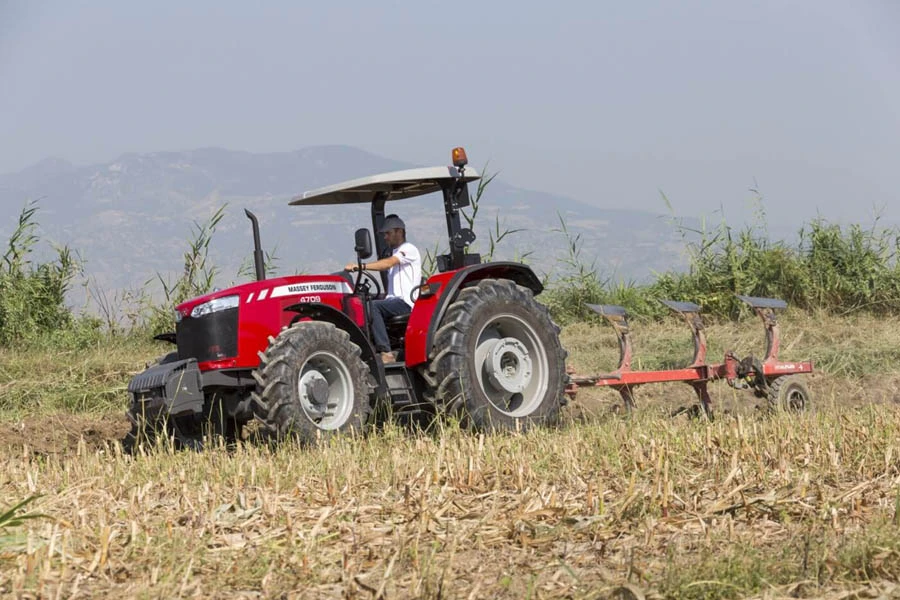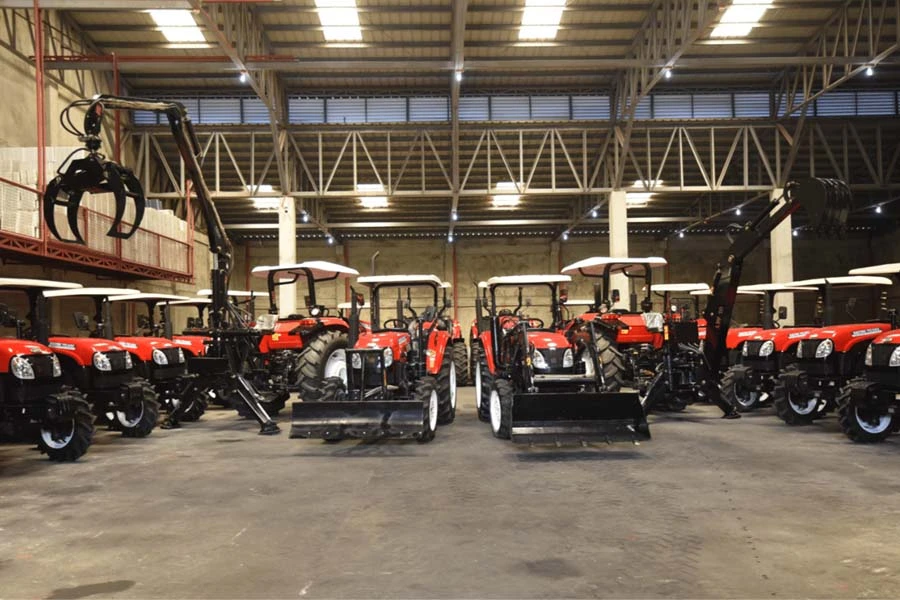In the evolving landscape of Mozambique agriculture, understanding the nuances of agricultural machinery and farm equipment is crucial for success. Tractors are at the heart of this machinery, serving as indispensable tools for both small-scale farmers and large crop producers.
The Importance of Tractors in Mozambican Agriculture
Mozambique’s agricultural sector relies heavily on innovation and efficiency. Tractors are pivotal in this process, enhancing productivity and enabling sustainable farming practices. For farmers and importers alike, understanding the key aspects of tractors will ensure better yields and long-term agricultural success.
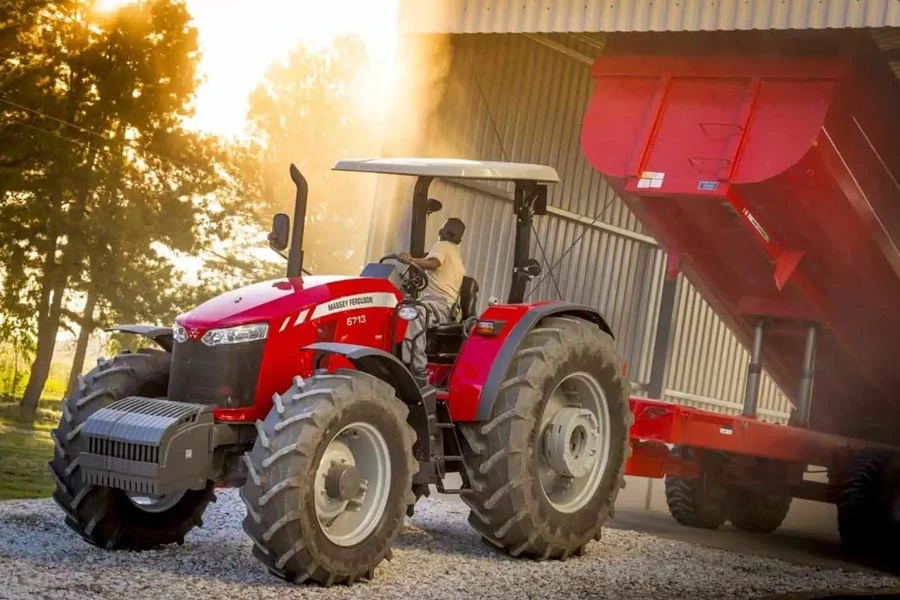
Essential Tractor Features
Power and Performance
When selecting a tractor, power is a primary consideration. The engine horsepower determines what tasks the tractor can handle. Whether it’s ploughing, tilling, or hauling, a tractor’s power should match the demands of the farm. For Mozambican farmers, choosing a tractor with the right balance of power and fuel efficiency is vital.
Versatility with Attachments
Modern tractors come equipped with various attachments that extend their functionality. From ploughs to seeders, these attachments can turn a tractor into a multi-purpose farm tool. Investing in a tractor that supports a wide range of attachments can significantly boost productivity and reduce the need for additional machinery.
Durability and Maintenance
Tractors are a significant investment, so durability is key. Opt for models known for their robust build and long lifespan. Additionally, consider the availability of spare parts and servicing options in Mozambique. Regular maintenance is crucial to ensure optimal performance and longevity.
Comfort and Technology
Operator comfort is often overlooked but essential for long work hours. Ergonomic seating, easy-to-use controls, and advanced technology such as GPS and automated steering systems can enhance the farming experience. These features not only improve comfort but also increase precision in tasks like planting and harvesting.
Making the Right Tractor Investment
For those involved in Mozambican agriculture, investing wisely in tractors can lead to significant gains. Companies like Tractor Provider offer a range of farm equipment tailored to meet the diverse needs of Mozambique’s agricultural community. With a focus on quality and innovation, Tractor Provider ensures that farmers have access to the latest in agricultural machinery.
Understanding the key features of tractors is crucial for anyone involved in Mozambique agriculture. By selecting the right tractor, farmers can enhance their productivity, efficiency, and sustainability. Whether you’re a small-scale farmer or a large crop producer, making informed decisions about farm machinery investments will pave the way for greater agricultural success. For more information on tractors and agricultural machinery, explore the offerings at Tractor Provider. Discover how the right farming equipment can transform your agricultural operations in Mozambique.

